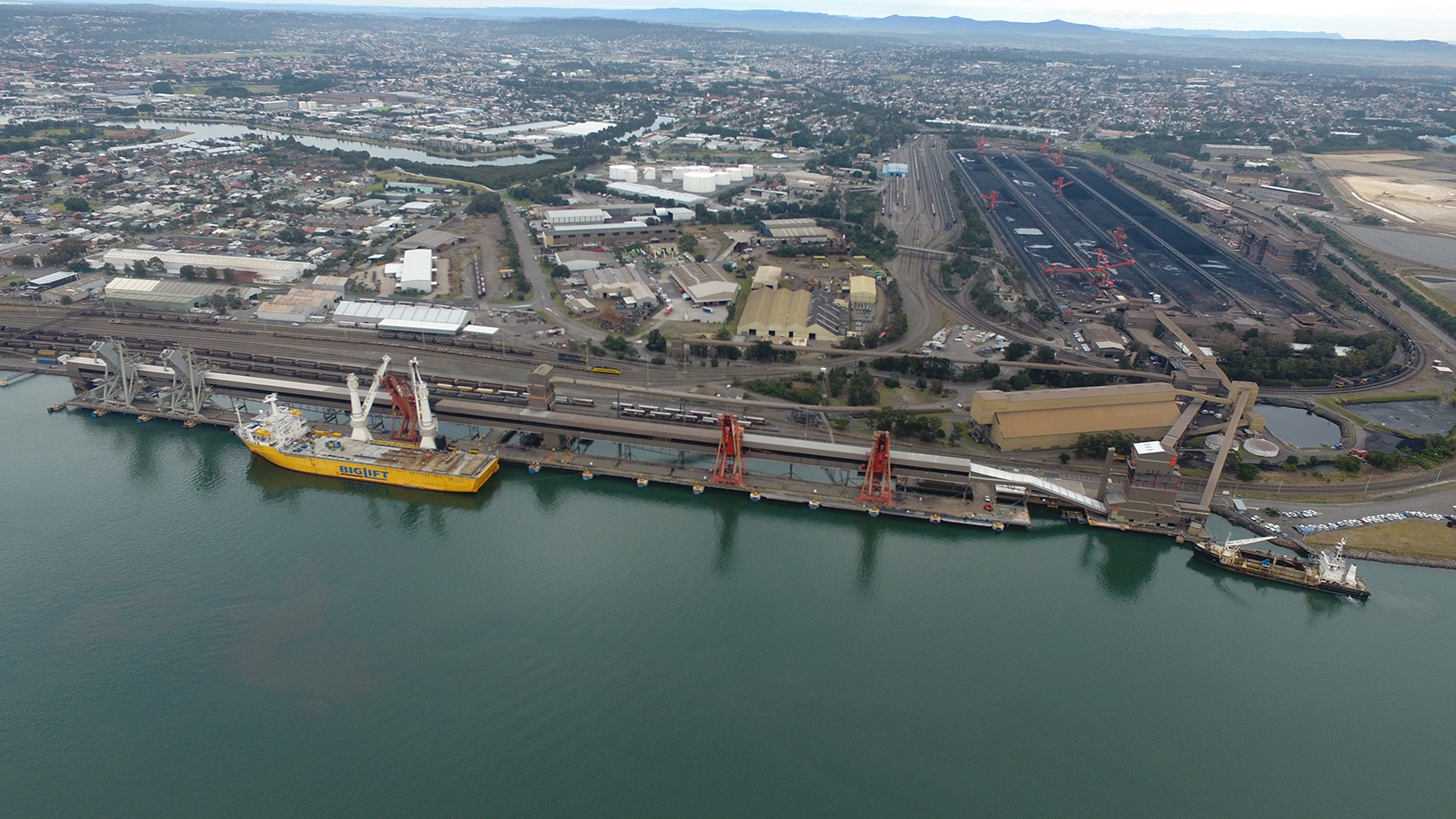Page
Scientific study improves air quality knowledge
The release of the Upper Hunter Valley Particle Characterisation Study is a welcome addition to a fact-based discussion about air quality issues in the Upper Hunter, NSW Minerals Council Chief Executive Stephen Galilee said today.
‘This is a comprehensive, scientific study that provides further important evidence about the sources of PM2.5 in the region,” Mr Galilee said.
“The study shows that soil dust – including coal dust – from sources such as mining and agriculture is not a significant source of PM2.5, making up an average of 11% and 12% of PM2.5 in Muswellbrook and Singleton respectively.”
“The study shows that other sources are much more significant contributors of PM2.5 in the Upper Hunter region, such as woodsmoke, which makes up 62% of PM2.5 in Muswellbrook during winter months.’
PM2.5 particles are 2.5 microns and smaller in diameter, and are of higher health concern than larger PM10 particles.
The 12 month study analysed the make-up of PM2.5 particles in Singleton and Muswellbrook to help identify the major sources of PM2.5 in the region. The study was funded by the NSW Office of Environment and Heritage and NSW Health, with CSIRO and ANSTO conducting the sample analysis and reporting.
The study adds to the substantial body of evidence on air quality in the Upper Hunter through the Upper Hunter Air Quality Monitoring Network. The network has shown a distinct seasonal trend in PM2.5 in the region, with the colder winter months having substantially higher levels.
“There has been some extreme rhetoric regarding the impact of mining on air quality in the Hunter. This independent study reveals that in relation to the finer PM2.5 particles that have the most acute impact on health, coal dust was not a significant contributor,” Mr Galilee said.
‘The mining industry acknowledges we do make a contribution to air quality issues in the Hunter. We are committed to working with the EPA on its Dust Stop program and the identification of diesel emission reduction opportunities. We’ll also continue our industry-initiated research into reducing haul road dust emissions and our project to use weather forecasts to better prepare for adverse weather conditions.”
Contact: Lindsay Hermes lhermes@nswmining.com.au or 0409 758 734

